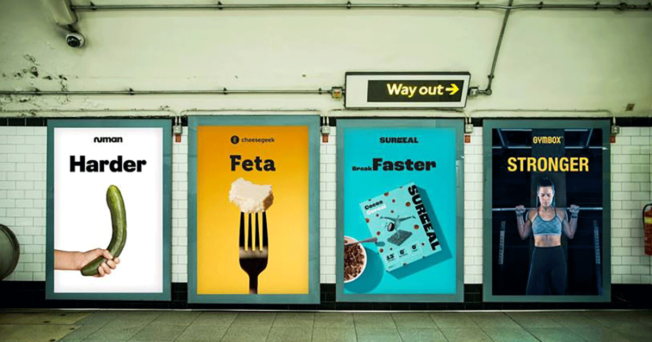Think smart, move…slow? Why challengers can have the edge
Written by: Andria Prada
Does this sound familiar? You've spent 12 months working on a brilliant new product launch for it to fall at the last hurdle. Perhaps it isn’t quite hitting the mark with consumers, has lacked focus, or the consumer trend it's based on is irrelevant by launch time. Whatever the reason, the frustration remains.
If you’ve worked on a new product development team in Big Food, you may have experienced some of these frustrations. But why does this happen quite often in established brands? It starts with the best intentions, “This is going to be our big bet innovation for the year!”. Fast forward six months, and the launch has been delayed (again), retailers aren’t biting, or you’ve managed to launch, but the sales results are disappointing. At the same time, challenger brands are launching right, left and centre, and they are addressing genuine consumer needs and successfully solving some of the big issues of our food system (sustainability, health, and diversity).
So what is it that challenger brands are doing right? Here are five reasons why challenger brands can have the edge over established brands trying to innovate:
1. Speed
As Mario Andretti says, “If you’re in control, you aren’t going fast enough”. In corporate environments, significantly more stakeholders must be aligned before the next steps can be made on an innovation launch, which can significantly slow down progress. Sometimes, the project can stop before it even passes the first stage of a gate process, halting permission for any further resources to go into developing the idea. For a start-up, founders often have an idea and hit the group running (or, in many cases, sprinting). Being on a smaller team can mean that the team can make decisions more quickly and keep the momentum going on a good idea while it’s still relevant for consumers.
2. Risk Tolerance
Viagra, cheese, cereal and working out challenger brands come together in a Daft Punk-inspired marketing stunt.
With increased speed, however, often comes increased risk, which established brands often couldn’t afford to take due to shareholder responsibilities. The nature of a start-up environment is that there is an increased level of risk tolerance. People who are willing to leave a traditional career path and start a new business are inherently more likely to be open to taking risks, such as stretching the boundaries of brand communications, approaching formulation differently, and experimenting with category-disruptive innovation that hasn’t yet been proven. This risk tolerance can allow smaller businesses to excel above traditional launches, using out-of-the-box thinking in their NPD strategy, allowing them to really stand out and catch consumers' attention. It can be a matter of high risk, high reward.
3. Flexibility
Having the agility to pivot when something isn’t working is another competitive advantage that challenger brands have. At Mission Ventures, we work 1-to-1 with challenger brands and often help founders to pivot their product proposition, branding, recipe, or general growth strategy quite quickly. Most of the time, the ability (and willingness) to pivot when something isn’t working is more complicated and difficult in a corporate environment due to existing processes and stakeholders involved in decision-making.
4. Tenacity
There is often a significant mindset difference between a start-up founder and an NPD team in Big Food. NPD’s teams often have the mindset that it’s just another product launch, they hope it will be successful, but if it isn’t, it’s on to the next idea, with little to no personal loss to them. To a dedicated start-up founder, failing is not an option. It is difficult to find this intrinsic motivation in a corporate environment where employees have security even if a product launch fails.
5. Being close to consumer trends
Founders most often start their business based on a genuine frustration they’ve experienced as a consumer. Corporate NPD teams tend to read about innovation trends, attend innovation shows, have access to innovation reports, or run consumer research panels. The truth is you need a combination of both, but established brands struggle to put themselves in their consumers' shoes fully, and start-ups struggle to access resources to help them refine their idea.
But you can have the best of both worlds
The good news is that it doesn’t have to be a battle between challenger and established brands. When corporates invest in challenger brands, you have the knowledge and funding from Big Food combined with the agility and speed you can get from a challenger brand, which is a winning combination. Mission Ventures connects corporate innovation leadership teams with exciting, high-potential challenger brands. We then leverage our expertise in building challenger brands to enhance their knowledge and derisk investment. Interested in understanding more about how we can connect corporates to budding challenger brands? Email us at hello@missionventures.co.uk.



